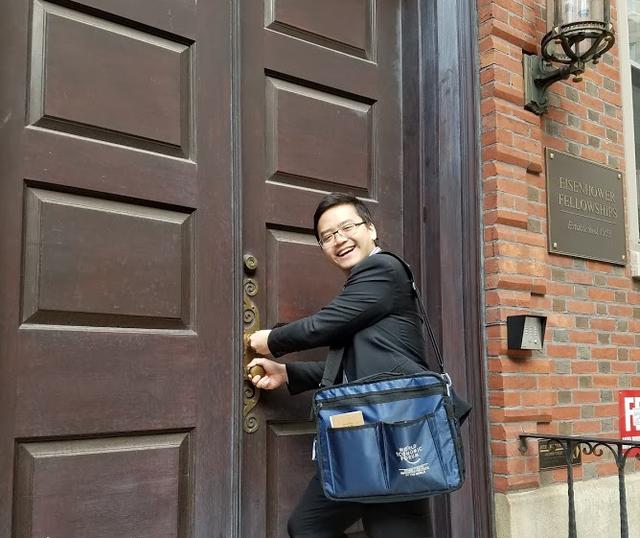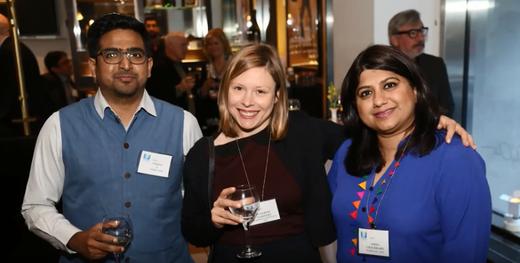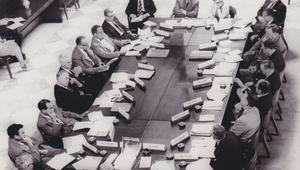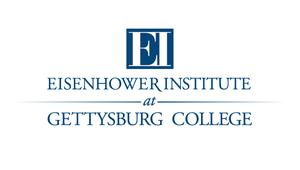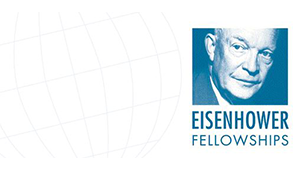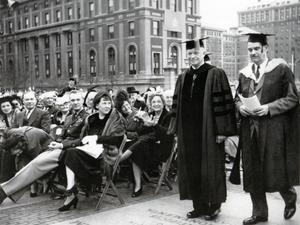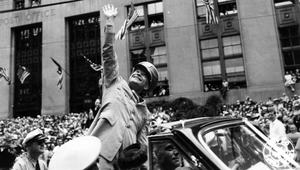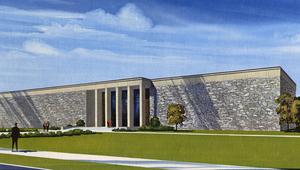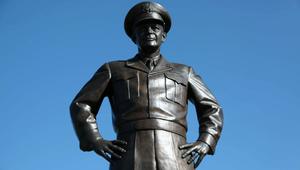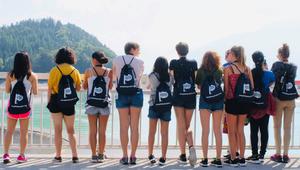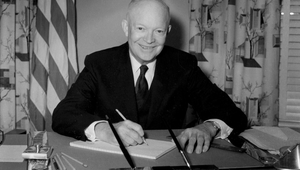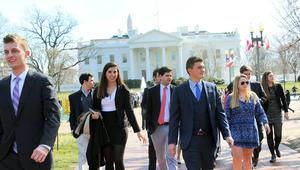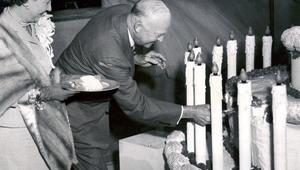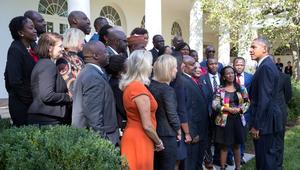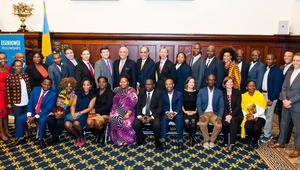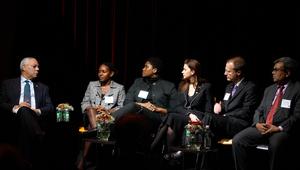
Dwight D. Eisenhower

The American Assembly
Dwight D. Eisenhower founded The American Assembly, a public policy institute dedicated to illuminating issues of national importance, during his time as president of Columbia University. He envisioned it as an experiment in democratic citizenship — one that would address key challenges facing our country and address issues of national importance through the reconciliation of divergent views and interests. It is the oldest legacy organization created by Eisenhower, and his principal legacy as an educator.

HISTORY AND MISSION

EISENHOWER’S ADDRESS AT COLUMBIA UNIVERSITY NATIONAL BICENTENNIAL DINNER, MAY 31, 1954
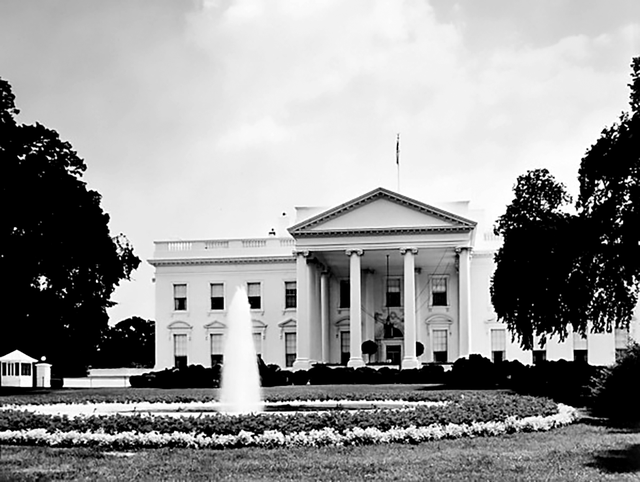
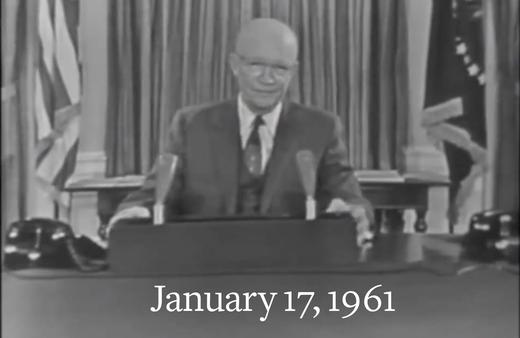
EISENHOWER'S FAREWELL ADDRESS, JANUARY 17, 1961

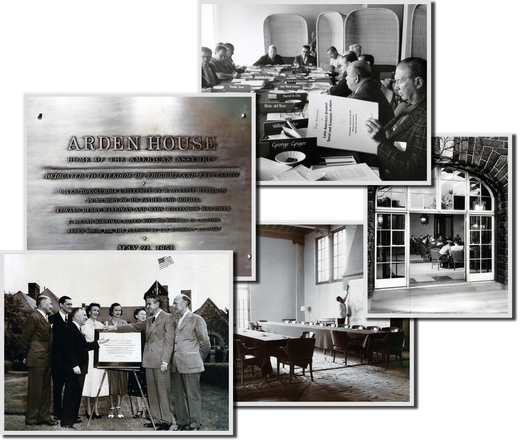
GALLERY: THE AMERICAN ASSEMBLY PROCESS


Gallery: Assemblies Through the Decades
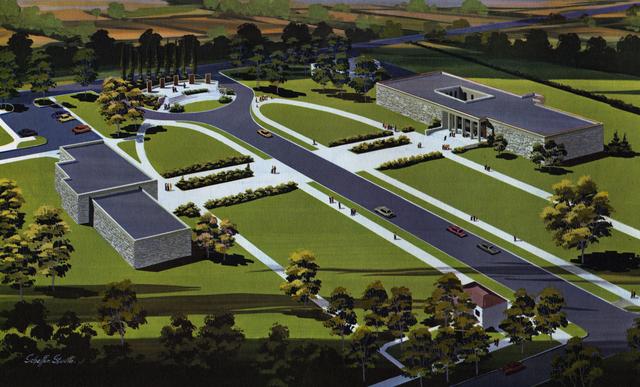
Eisenhower Foundation and
Eisenhower Presidential Library
 (1944 - 1954)'/>
(1944 - 1954)'/>HONORING KANSAS' FAVORITE SON
(1944 - 1954)
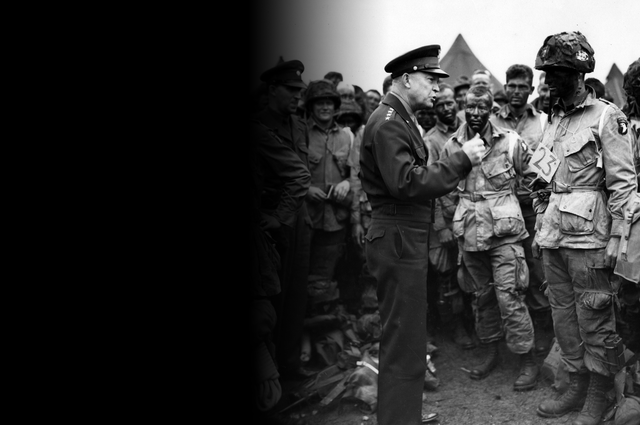
Homecoming Speech, Abilene, Kansas, 22 June 1945
General Eisenhower's "Homecoming Speech" in Abilene, Kansas on June 22, 1945
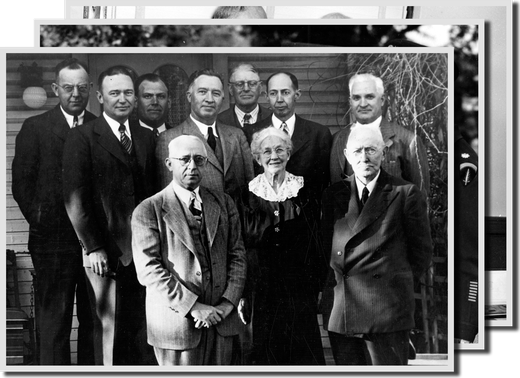
Image Gallery
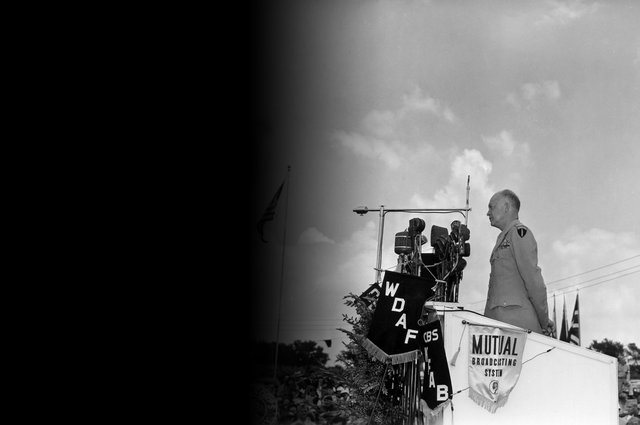
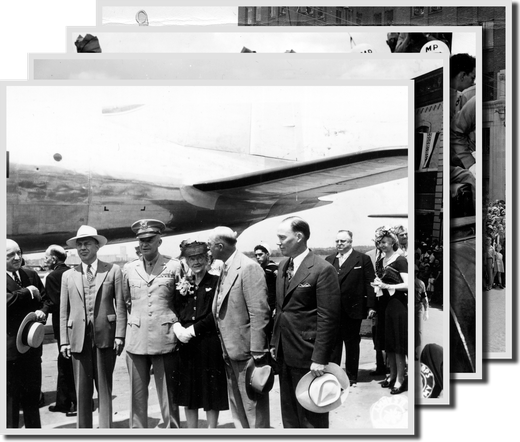
Image Gallery
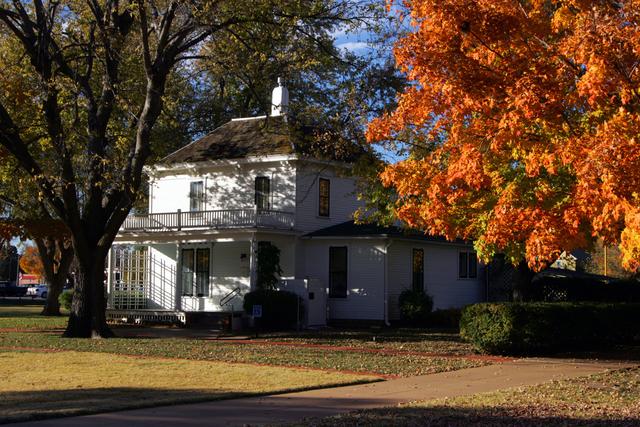
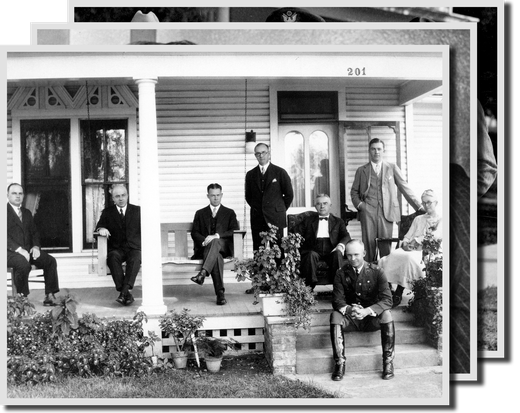
Image Gallery
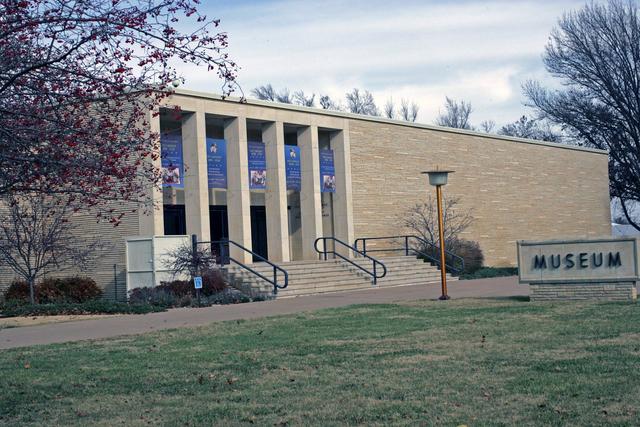
Remarks of President Eisenhower at the dedication of the Eisenhower Museum in Abilene, Kansas, 11 November 1954
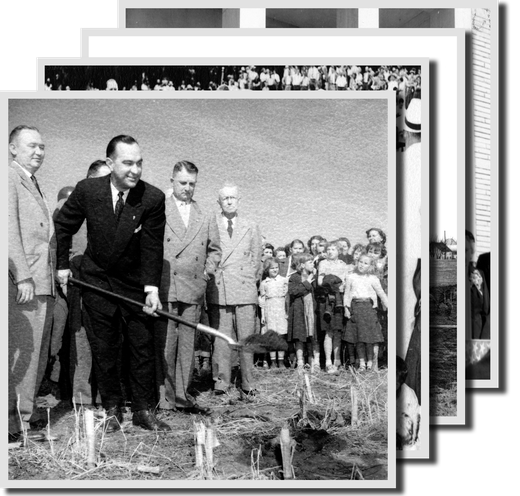
Image Gallery
 (1955 - 1966)'/>
(1955 - 1966)'/>PRESERVING IKE'S LEGACY
(1955 - 1966)
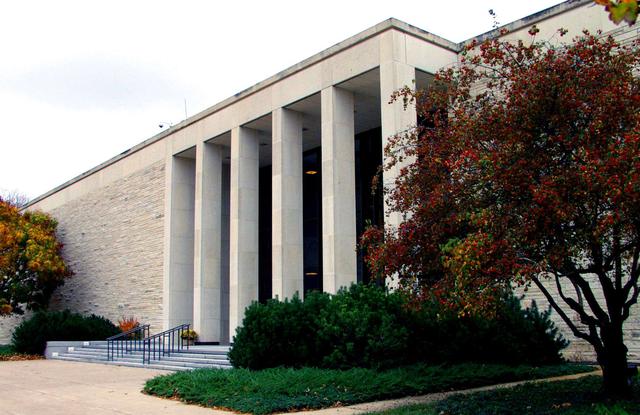
Remarks by President Eisenhower at the groundbreaking for the Eisenhower Library, Abilene, Kansas, 13 October 1959
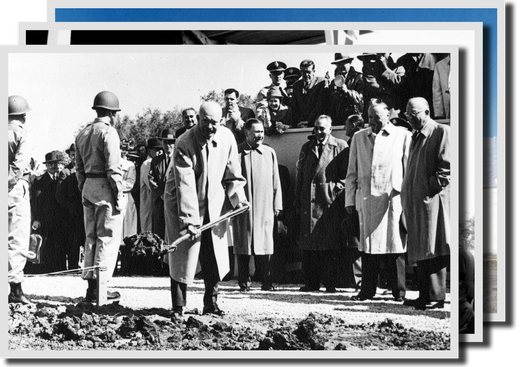
Image Gallery
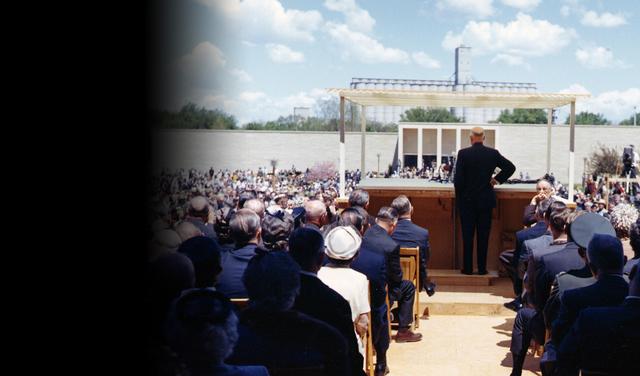
President Dwight D. Eisenhower's Speech at the Ground Breaking Ceremonies for the Library, 13 October 1959
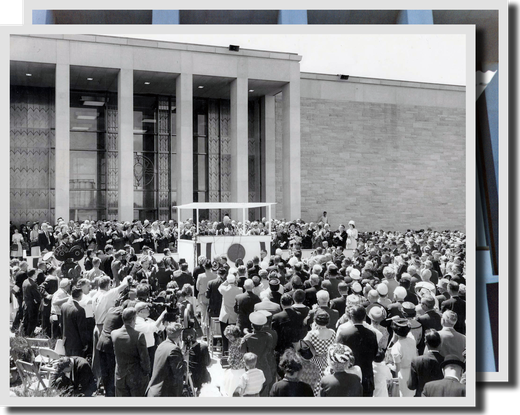
Image Gallery
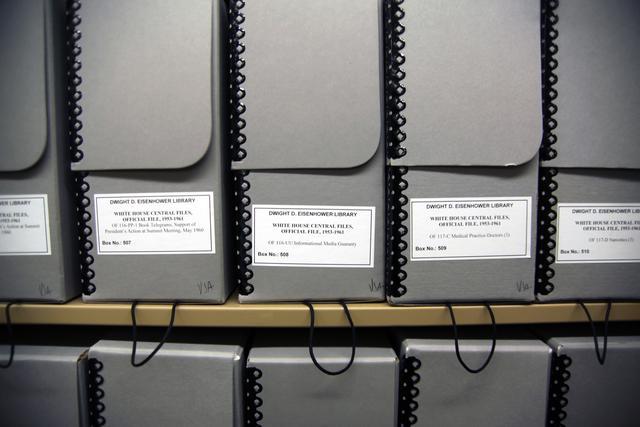

Image Gallery
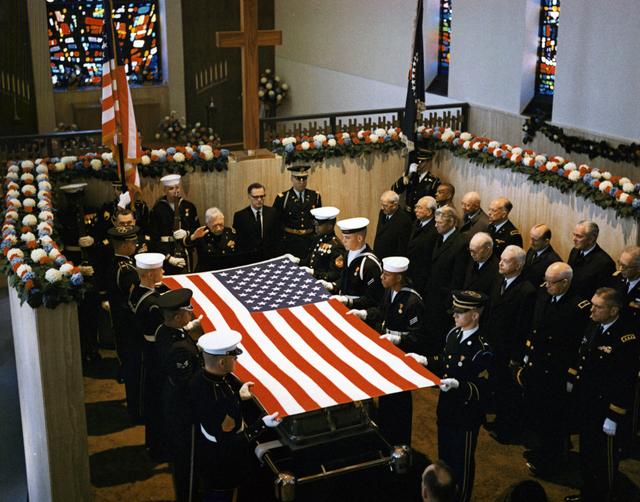
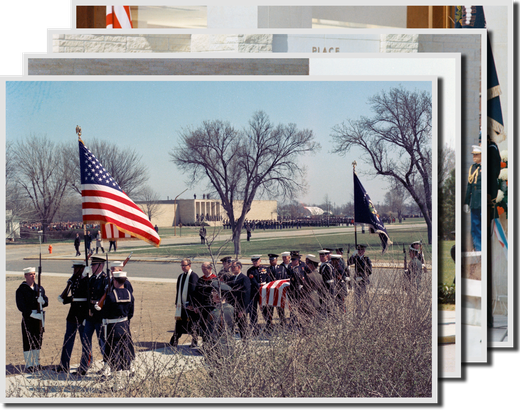
Image Gallery
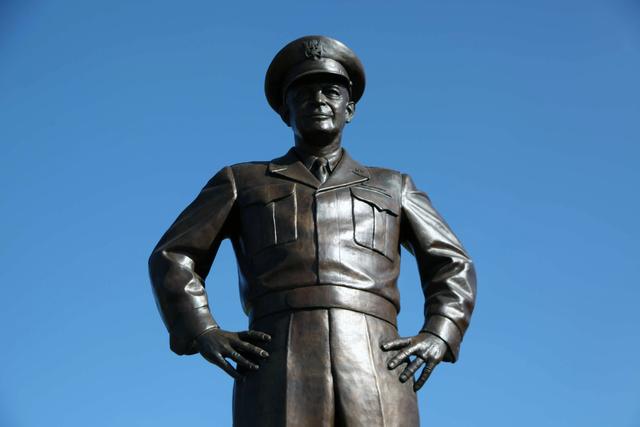
THE CAMPUS EXPERIENCE:
FEATURES AND PROGRAMS
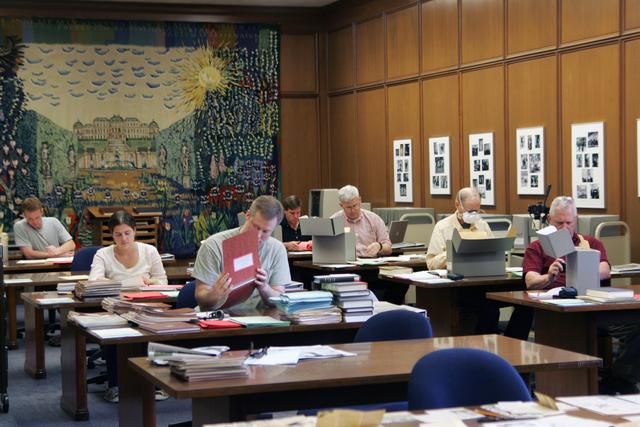
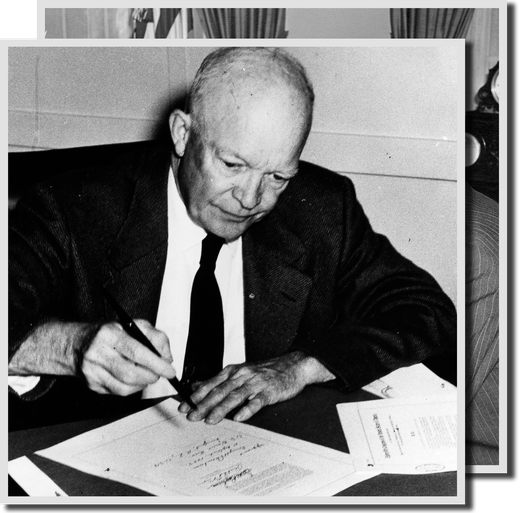
Image Gallery
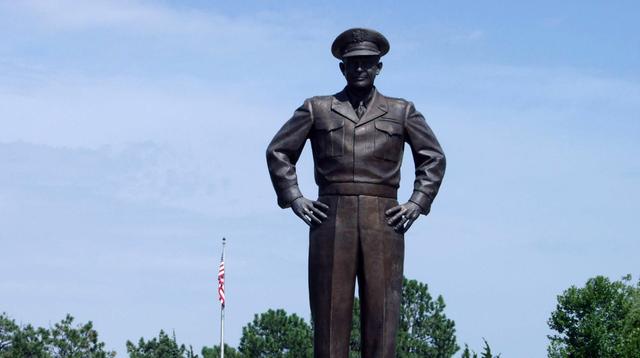
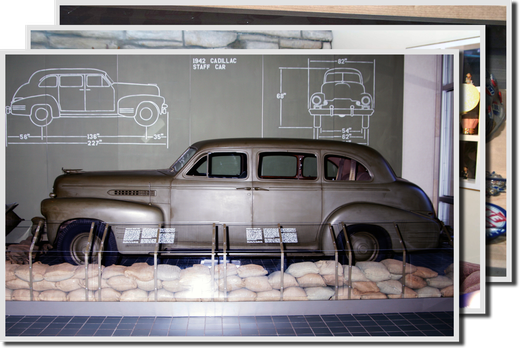
Image Gallery

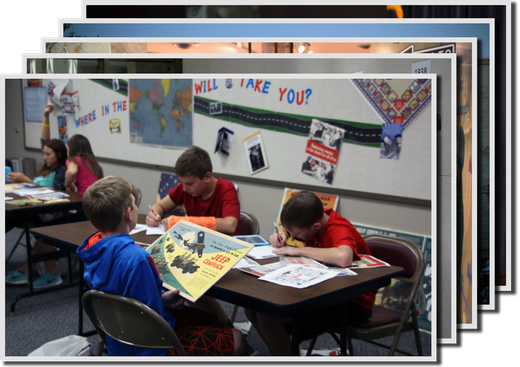
Image Gallery

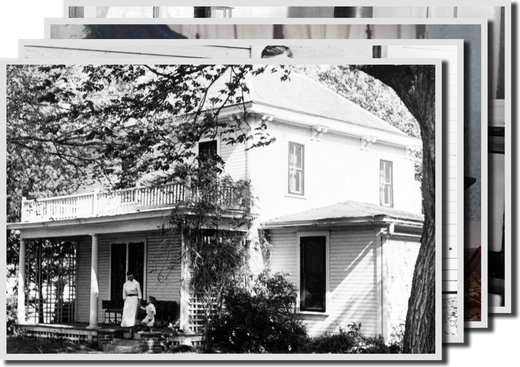
Image Gallery


Image Gallery
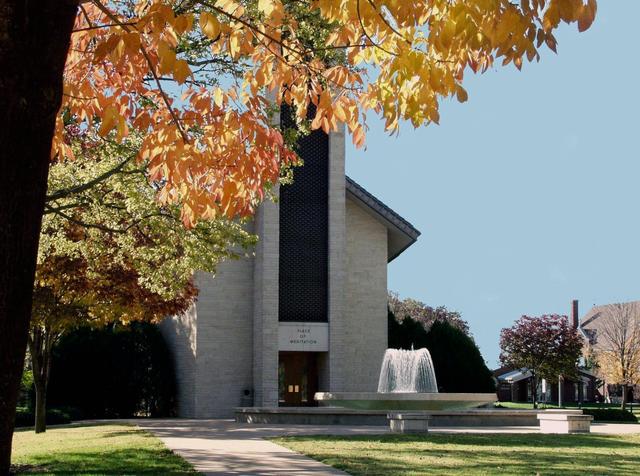
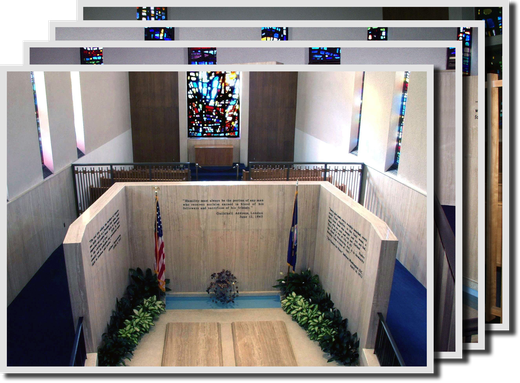
Image Gallery
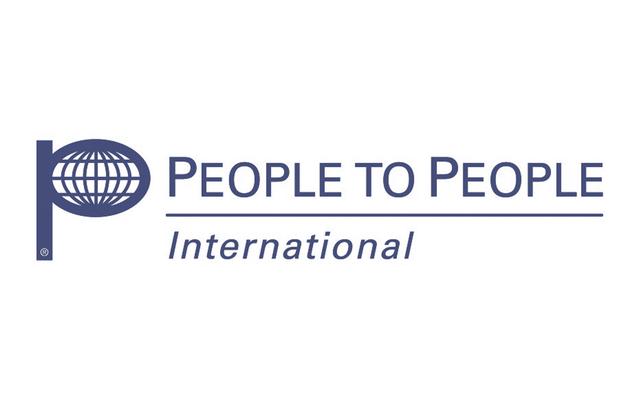
People to People International
With the idea of "Peace through Understanding", Eisenhower founded People to People International to provide immersive cultural travel, the education of all age groups in global enrichment, and the relevant humanitarian assistance for thousands of people every year.
As a not-for-profit organization, People to People International works to enhance international understanding and friendship across diverse cultures.
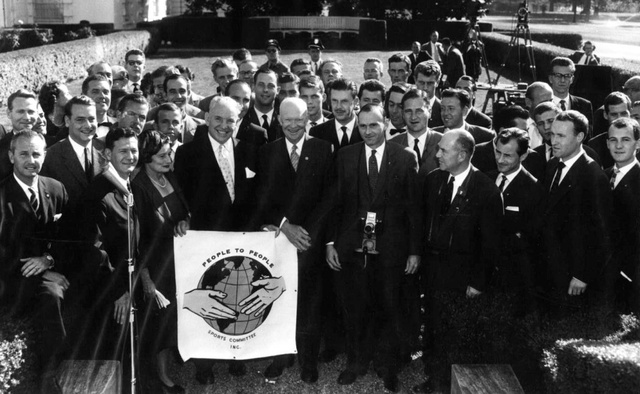
PARTNERS IN PEACE
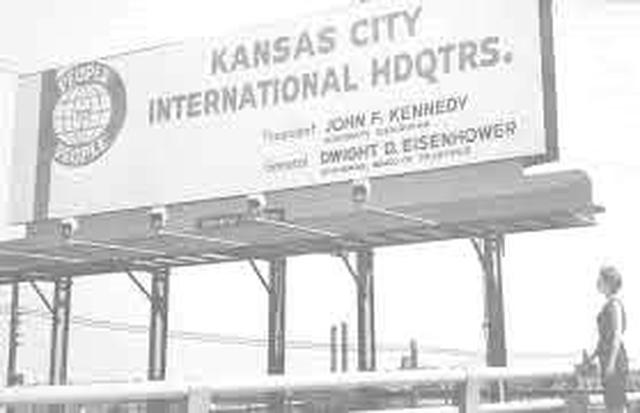

Hallmark's 2018 Social Responsibility Report
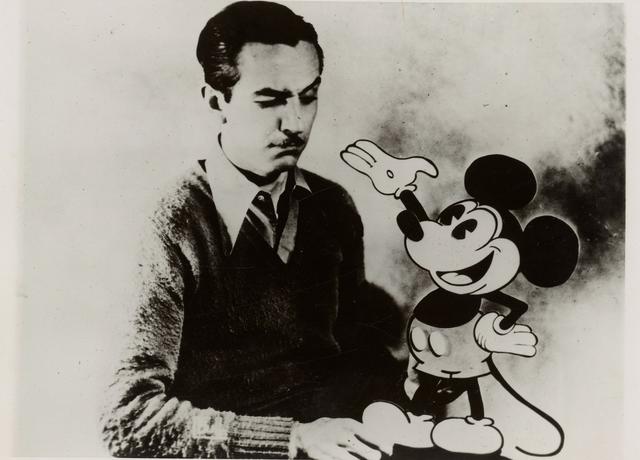
Walt Disney
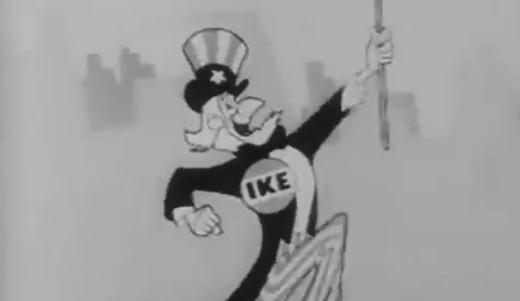
Disney Studios Campaign Commercial
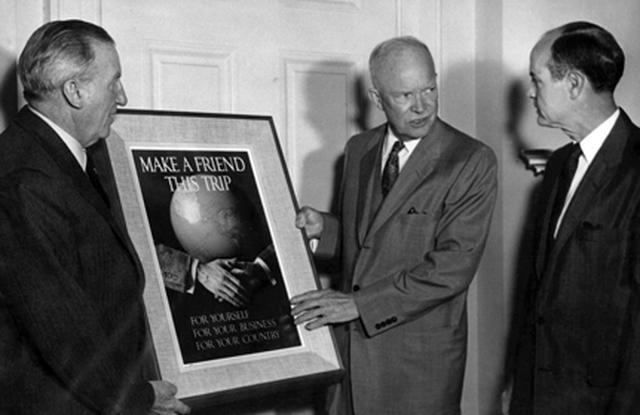
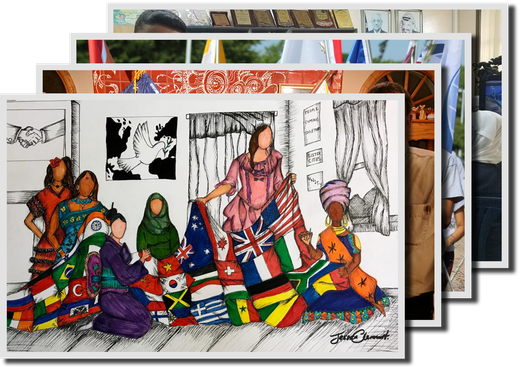
IMAGE GALLERY

THE PEOPLE

President Eisenhower's remarks at the White House Conference, September 11, 1956
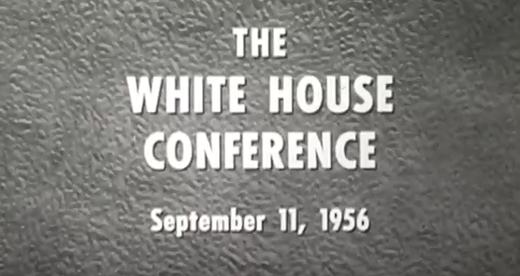
White House Conference, September 11, 1956

Mary Jean Eisenhower
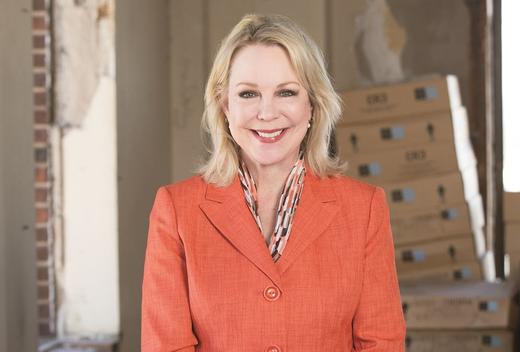
People to People International President, Mary Jean Eisenhower

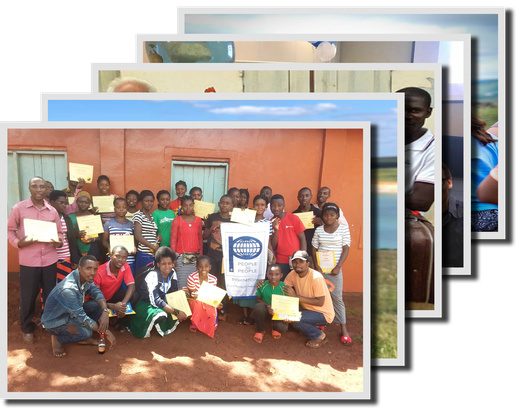
Image Gallery
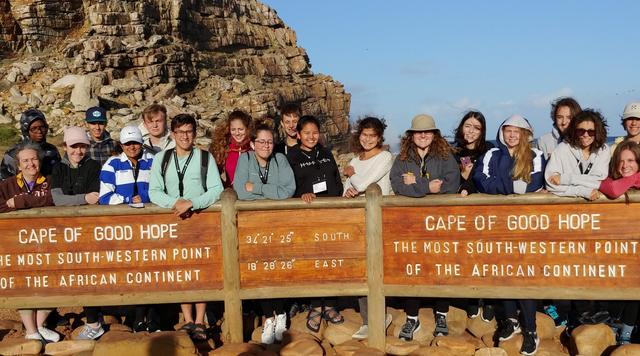
GLOBAL CITIZENS
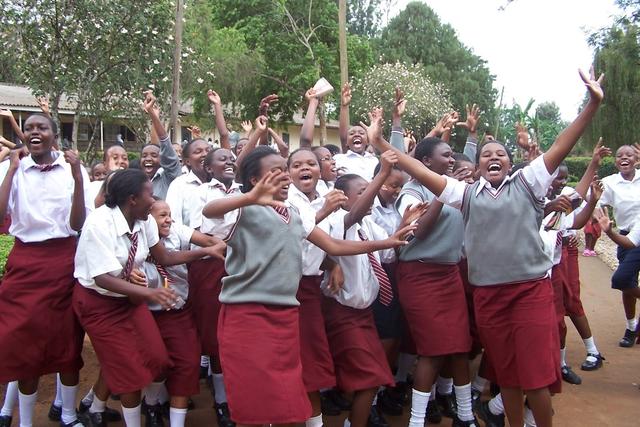

People to People Student Travel
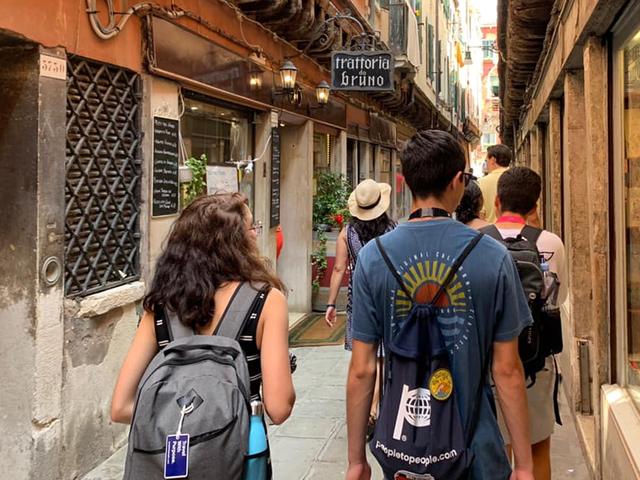
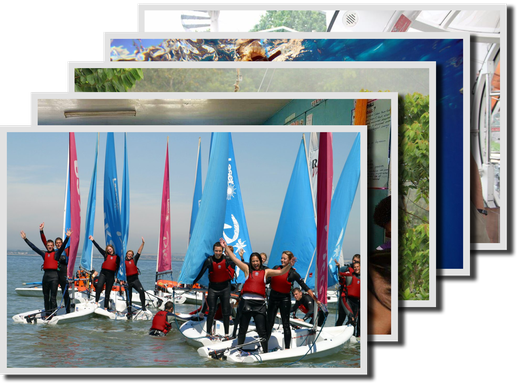
Image Gallery
Stephen (USA), Global Youth Forum Humanitarian Conference '06
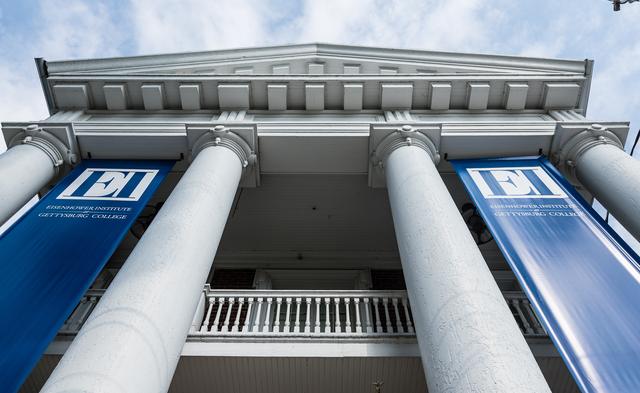
Eisenhower Institute
at Gettysburg College
The Eisenhower Institute at Gettysburg College promotes the undergraduate study, analysis, and understanding of critical public and global issues and develops engaged citizens guided by President Dwight D. Eisenhower’s example of principled leadership.
Gettysburg College is a highly selective national four-year residential college of liberal arts and sciences.
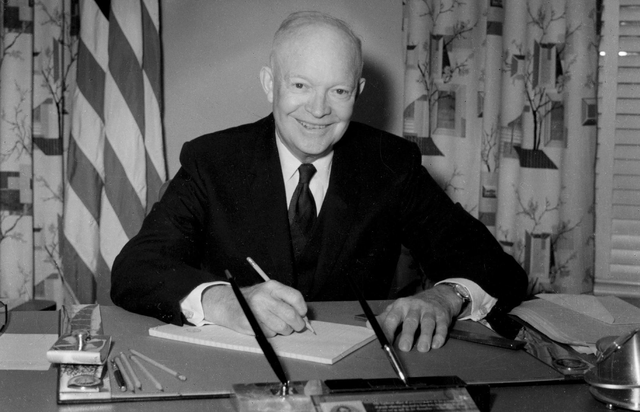
THE EISENHOWER LEGACY
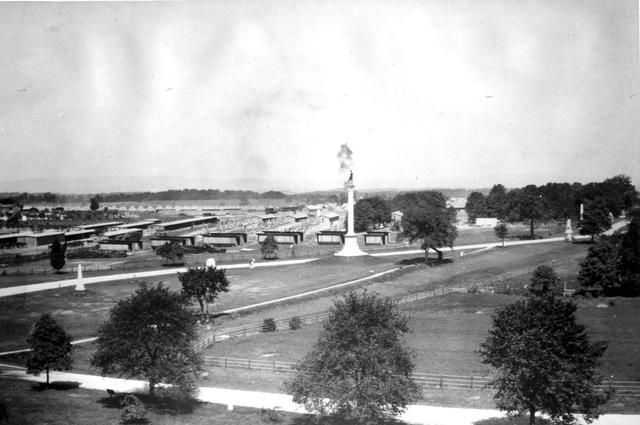
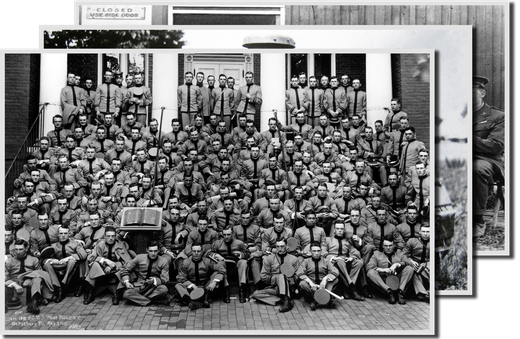
Image Gallery
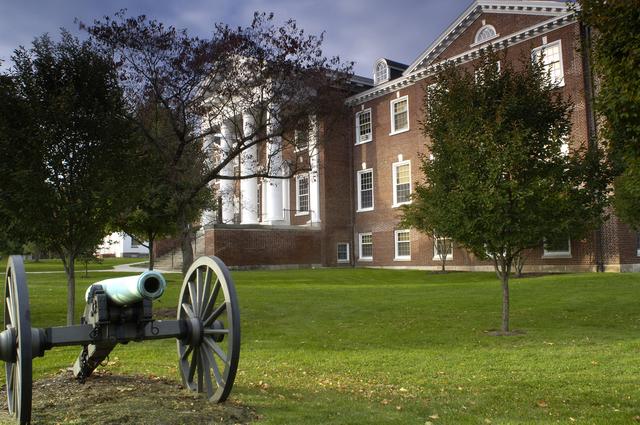
President Abraham Lincoln, The Gettysburg Address, 19 November 1863
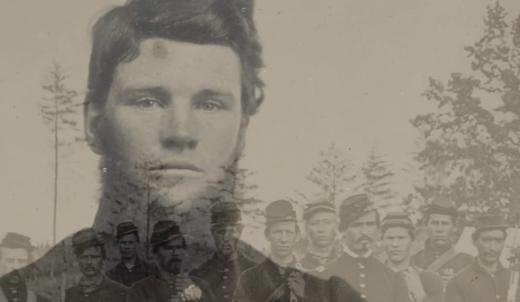
Gettysburg College and the Civil War
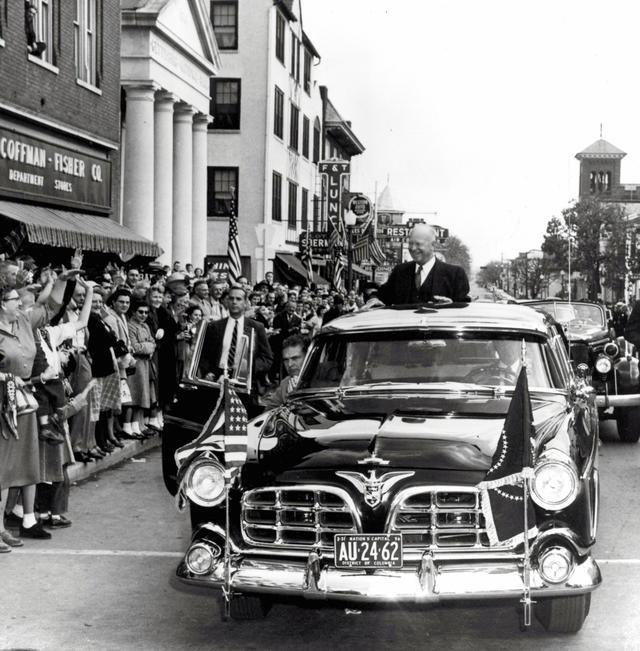
Dwight D. Eisenhower, Gettysburg College Commencement Address, May 1946

Image Gallery

Dwight D. Eisenhower, Centennial of Abraham Lincoln's Gettysburg Address, 19 November, 1963
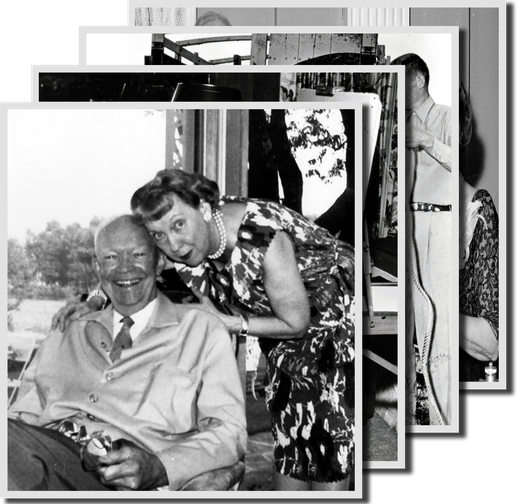
Image Gallery
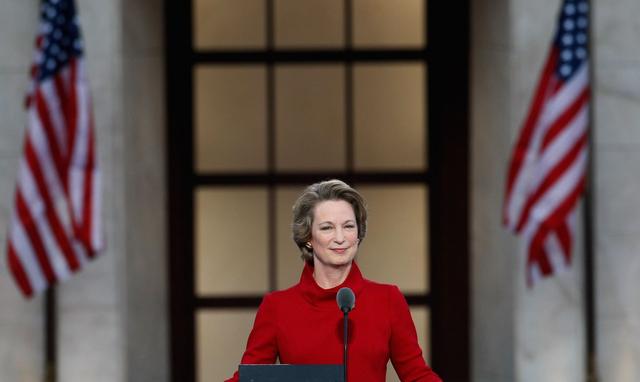
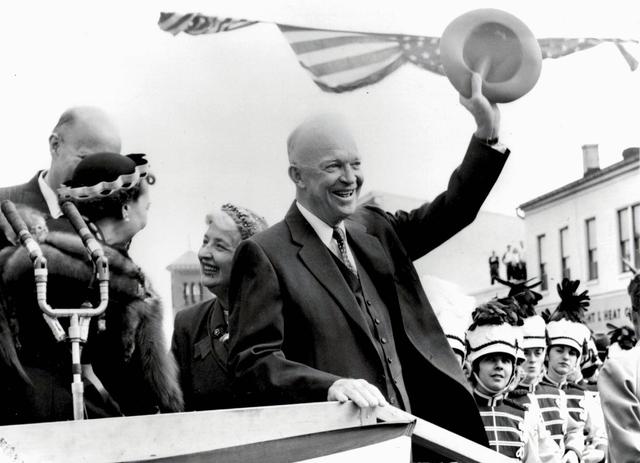
Dwight D. Eisenhower, Address at the Gettysburg College Convocation: 4 April 1959

PROGRAMS
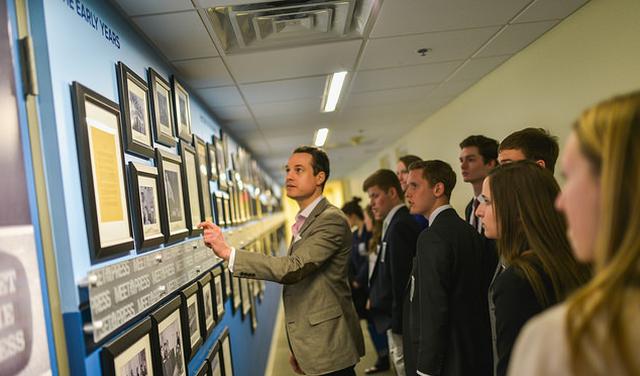
President Dwight D. Eisenhower
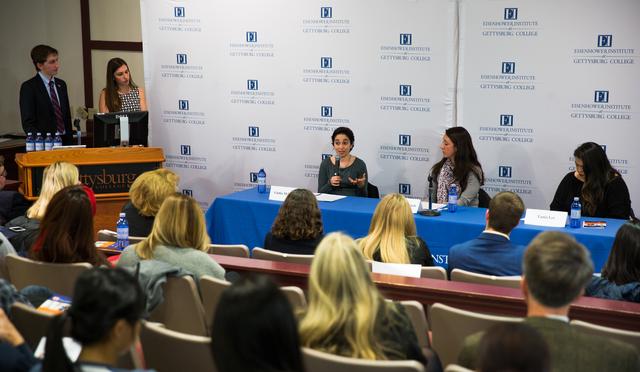
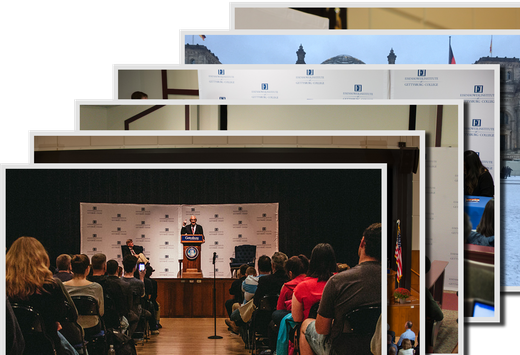
Lectures, Discussions, and Symposia

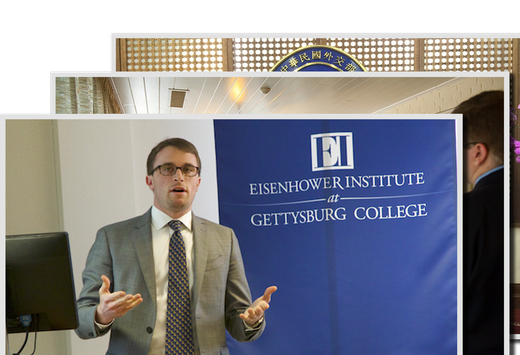
Fellowships
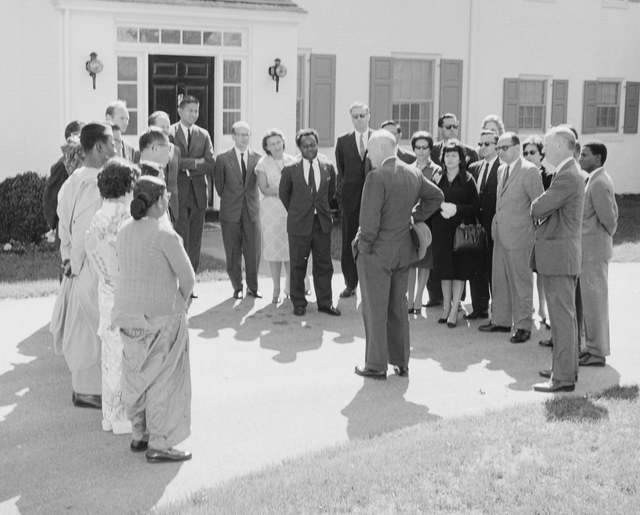
Eisenhower Fellowships
Eisenhower Fellowships inspires leaders to think creatively in order to better the world around them. Fellows are given the opportunity to travel internationally to pursue projects that create positive impact across sectors and borders, forging a more cooperative and sustainable world.
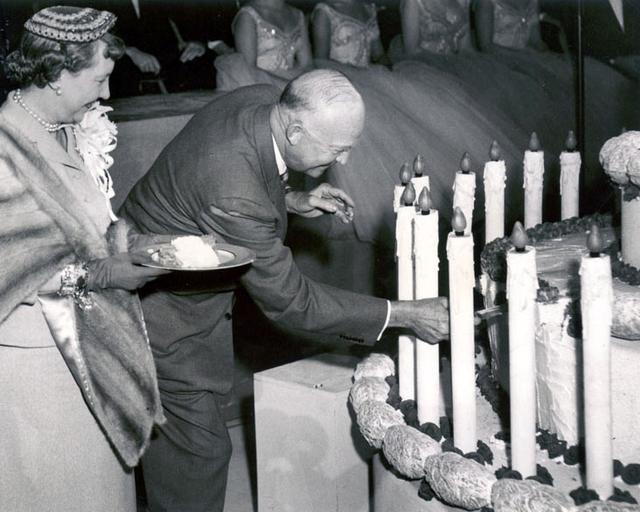
A GIFT TO THE WORLD
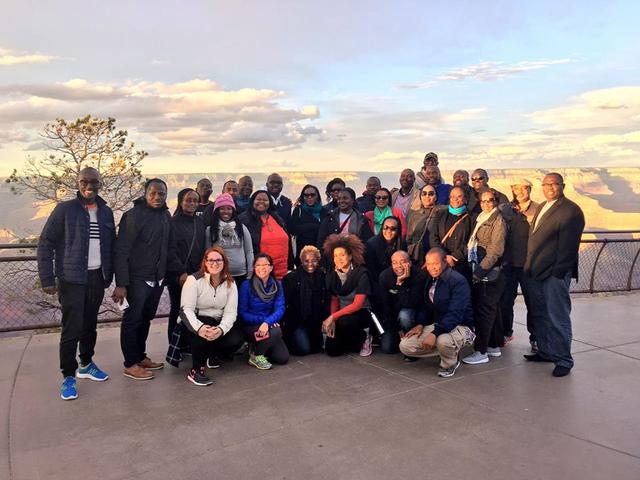
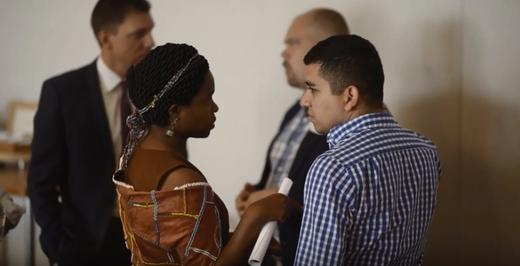
EISENHOWER FELLOWSHIPS STORYTELLING HIGHLIGHT REEL
PRESIDENT EISENHOWER, EISENHOWER FELLOWSHIP ANNUAL REPORT

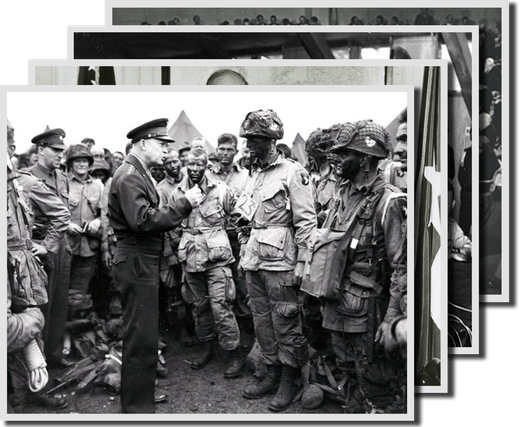
IMAGE GALLERY
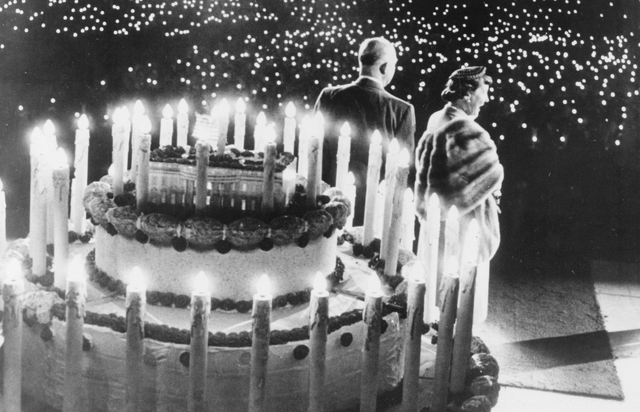
PRESIDENT DWIGHT D. EISENHOWER

MAMIE LOOKS ON AS EISENHOWER CUTS HIS BIRTHDAY CAKE, HERSHEY, PA, 1953
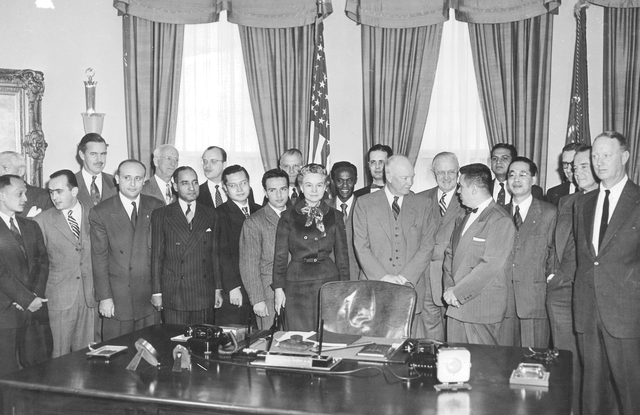
PRESIDENT EISENHOWER, IN RESPONSE TO RECEIVING THE EISENHOWER FELLOWSHIPS AS A GIFT
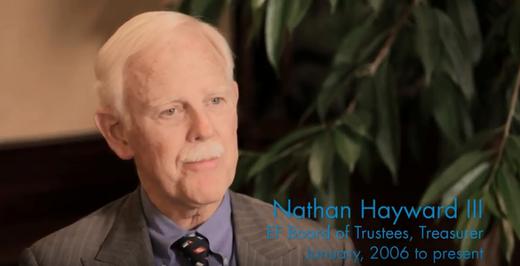
EF TRUSTEE NATHAN HAYWARD III
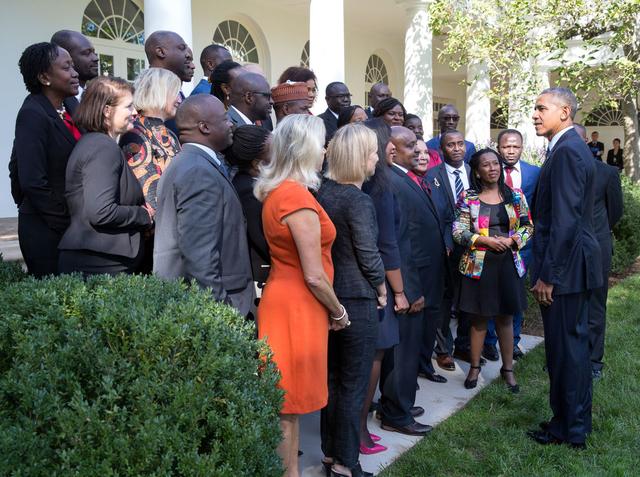
LEADERS WITH PURPOSE
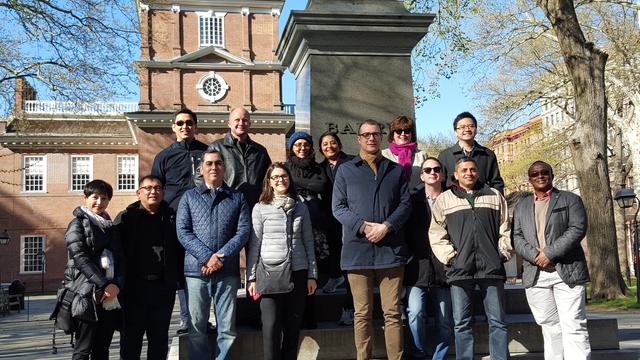
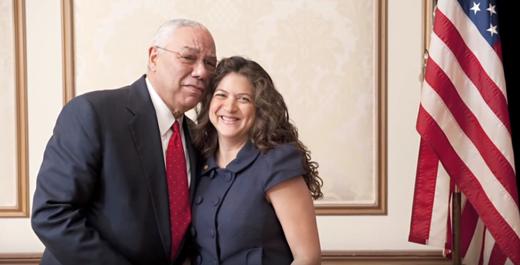
EISENHOWER FELLOWS DESCRIBE THEIR EXPERIENCES
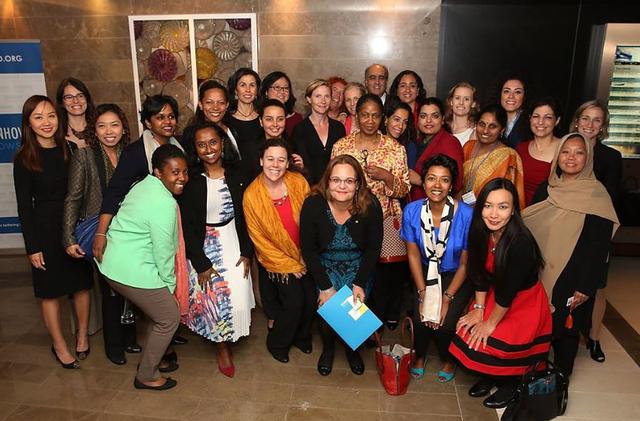
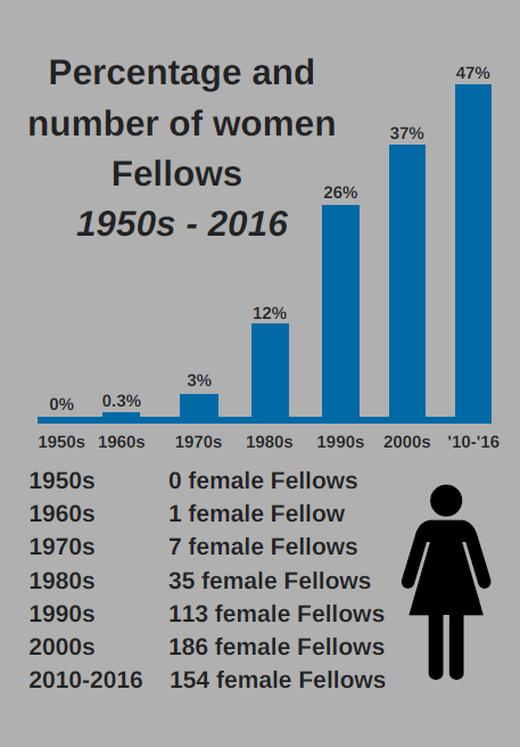
1953-2016 INCREASE IN FELLOWSHIPS HELD BY WOMEN
GOVERNOR CHRISTINE TOOD WHITEMAN, CHAIR OF THE EXECUTIVE COMMITTEE OF THE BOARD OF TRUSTEES

EISENHOWER FELLOW MARIA SARUNGI TSEHA (TANZANIA '16), SPEAKS ON COMMUNICATION FOR CHANGE
DINA SHERIF, EGYPT '15
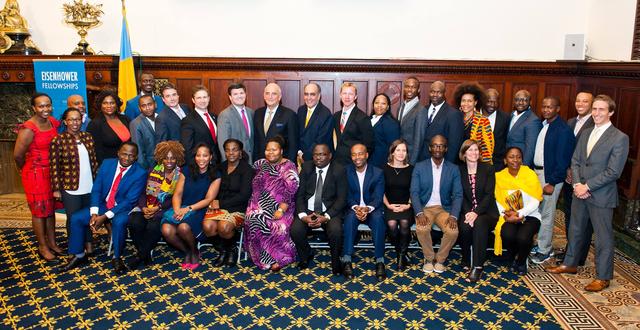
THE PURPOSE
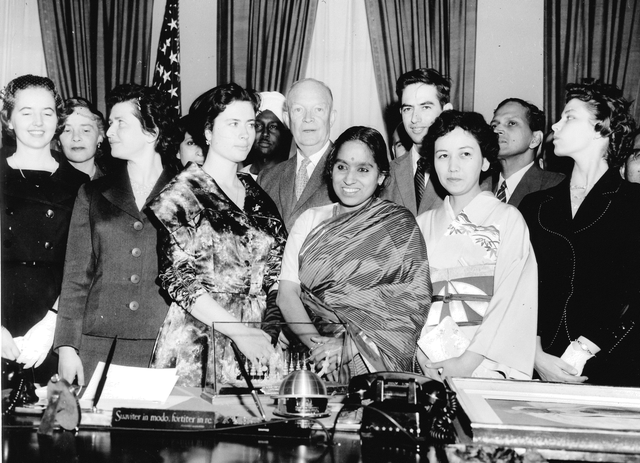
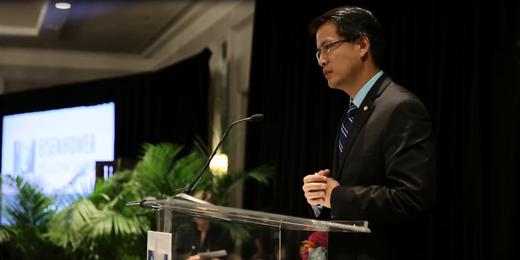
STACEY CHANG (USA '15), EXECUTIVE DIRECTOR OF THE DESIGN INSTITUTE FOR HEALTH AT THE UNIVERSITY OF TEXAS - AUSTIN DELL MEDICAL SCHOOL
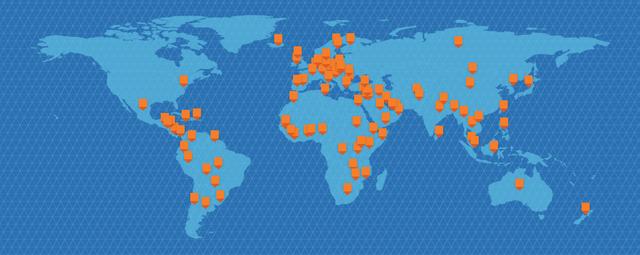
ADDRESS AT THE COLUMBIA UNIVERSITY NATIONAL BICENTENNIAL DINNER, MAY 31, 1954

EISENHOWER FELLOWSHIPS CHANGE AGENTS
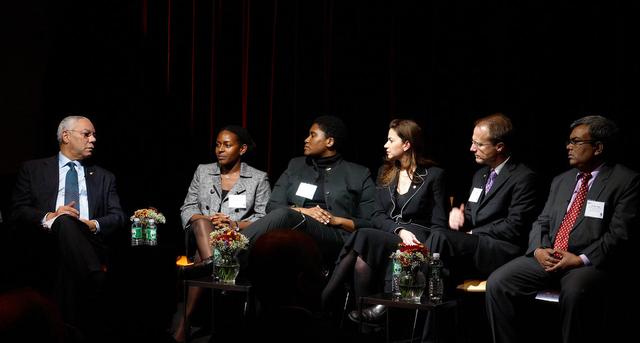
THE EISENHOWER JOURNEY
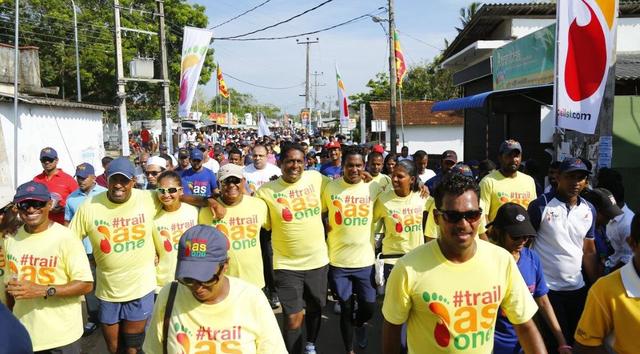
DR. BOSEDE AFOLABI, NIVERIA, 2010
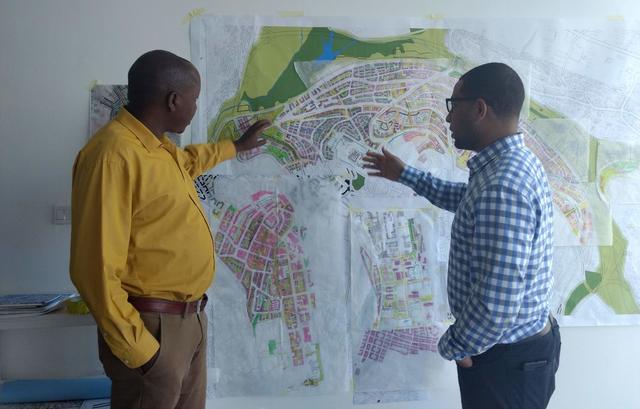
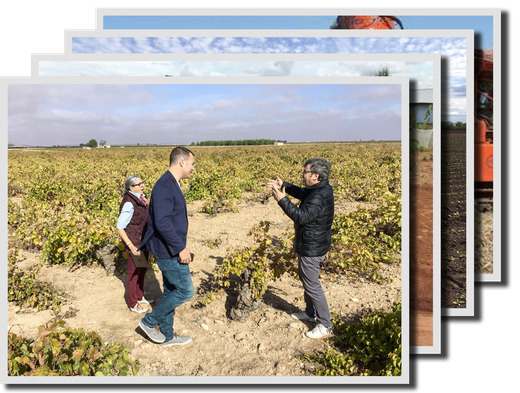
IMAGE GALLERY
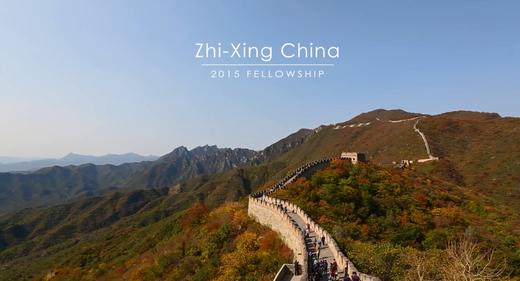
ZHI-XING CHINA FELLOWSHIP
